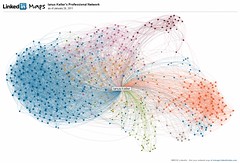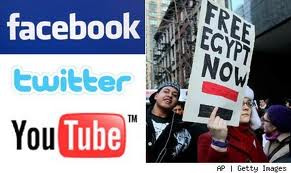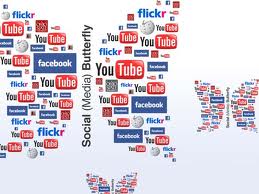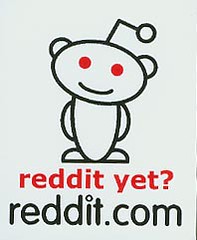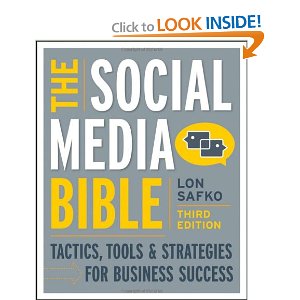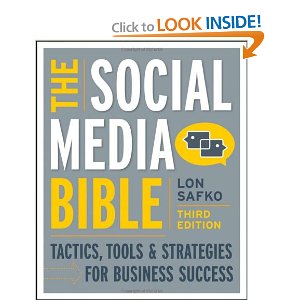 Facts are facts, and there is only one week left before non-profit organizations enter the fourth quarter of the year. The reality is that the fourth quarter is challenging for all companies because of the holidays, year-end evaluations, and a race to close budget gaps; however, the last three months of the year are especially important for many non-profit agencies.
Facts are facts, and there is only one week left before non-profit organizations enter the fourth quarter of the year. The reality is that the fourth quarter is challenging for all companies because of the holidays, year-end evaluations, and a race to close budget gaps; however, the last three months of the year are especially important for many non-profit agencies.
According to a 2011 year-end survey conducted by Charity Navigator, the average respondent said they “. . . receive 41% of their annual contributions in the last few weeks of the year“.
The end of the year is even more critical for those non-profits whose revenue model contains ePhilanthropy strategies. The Chronicle of Philanthropy’s Jessica Dickler reported last year that a study conducted by Network for Good estimates that “. . . one-third of all online giving for the year occurs in December . . .” She added that “. . . 22% [of online giving] happens in the last two days of the year“.
All of this explains why my inbox is getting bombarded with emails providing tips about year-end fundraising strategies.
With so many people wanting to give to charities during the holidays, a non-fundraising person might wonder what all of the fuss is about. After all, it kind of sounds like “shooting fish in a barrel”. Right? But don’t fool yourself! The holiday season comes with special challenges that don’t exist at other times of the year. For example . . .
- Time is at a premium (e.g. holiday parties, shopping, etc), and no one has any time to sit down with a volunteer solicitor with a pledge card.
- There is lots of noise (e.g. lots of commercials, specials, sales, and initiatives), and it is hard to breakthrough with your messaging without a bazooka cannon.
- There is lots of competition (e.g. every non-profit organization is asking) compared to earlier in the year when your annual campaign might only be up against a few other similar campaigns at the same time.
 I suspect that these challenges are part of the reason why 60 corporations and non-profit organizations are attempting to launch a social media campaign the Tuesday after Thanksgiving called #GivingTuesday.
I suspect that these challenges are part of the reason why 60 corporations and non-profit organizations are attempting to launch a social media campaign the Tuesday after Thanksgiving called #GivingTuesday.
I won’t even try to use my remaining space to provide you with a “Top 10 list” of tips because there are so many great resources available. However, I will take this opportunity to implore you to be thoughtful and put a plan together on how your agency will navigate the fundraising seas during the fourth quarter of the year. (Pssst . . . and you should put that plan together quickly. Maybe by Friday of this week)
The following are just a few great online resources I suggest you check-out:
- Network for Good: “Get Ready for Year-End Fundraising”
- About.com, Joanne Fritz: “Are You Ready for the End-of-Year Fundraising Push?”
- Fired Up Fundraising, Gail Perry: “7 Breakthrough Tips to Boost Your Fundraising This Fall”
Is your agency gearing up for the fourth quarter? What fundraising strategies are in your year-end plans? Do you have any fun new donor segmenting ideas, email tactics or social media plans? Please scroll down and your thoughts in the comment box below. We can all learn from each other.
Here’s to your health!
Erik Anderson
Founder & President, The Healthy Non-Profit LLC
www.thehealthynonprofit.com
erik@thehealthynonprofit.com
http://twitter.com/#!/eanderson847
http://www.facebook.com/eanderson847
http://www.linkedin.com/in/erikanderson847


